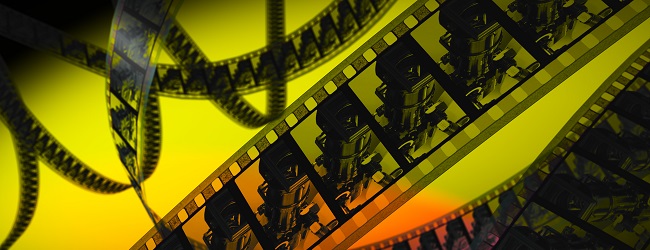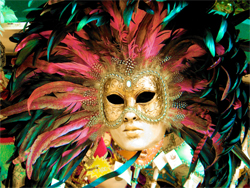We are poised on the brink of a new industrial revolution. In December 2017, McKinsey Global Institute produced a detailed report entitled ‘Jobs lost, jobs gained: workforce transitions in a time of automation’, in which they presented a proposition that by 2030 robots could have replaced 800 million jobs. They look at the impact of this on the labour market - what jobs will be likely to be automated, by AI or robots, and which new types of jobs will be created. In essence, they have analysed which human-driven occupations will thrive and which will disappear. Although no predictions at this stage can be 100% accurate, as educators, we want to know how to best prepare our children for these seismic changes.
Have you heard people talking about “making” in schools, or “makerspaces”, or “maker education”? What about 3D printers, squishy circuits or arduinos? The idea of making to learn is a philosophy of education that goes back to the late 1800s/early 1900s and the writings of John Dewey. “Give the pupils something to do, not something to learn; and the doing is of such a nature as to demand thinking; learning naturally results.”
In school, crafting needn’t be limited to the art classes; in fact, it can be a really great way to engage students with subjects in a different style. Shaking learning styles up is often very stimulating - a nice break from the norm - and art can be used to supplement learning in almost every other subject on the curriculum. Here are some ideas for injecting some creativity into Geography classes.
We would like to share with you a brief insight into what children experience when dance is brought into education, with the following based on our own work with pupils in Bath & North East Somerset. Through dance, children are engaged in creative movement within a group setting. The focus of this work is on the wellbeing and development of the whole child, mindful of their cognitive, emotional, physical and social development.
We recently returned from our second Performing Arts tour of New York City. The academy and I believe in a global vision that supports the curriculum, and New York didn't disappoint! Many colleagues and 'teacher friends' from other schools often ask: “Why do you want to take your pupils there? That's a long way for a short time? Performing Arts?”
Given that most people enjoy watching movies, it’s often tempting to just ‘put on’ a film. However, while the age of pupils will restrict screening opportunities (Junior schools will likely continue to miss out on Goodfellas), there are still a huge amount of films that students can really sink their teeth into. What is the moral subtext of The Iron Giant? What can Casablanca tell us about narrative? Trained cineaste Nicole Ponsford gives her advice on how to make the most of a flick in the classroom.

Are you one of those teachers who “puts” on a film on the last day of term? Are you? Well if you are, I am afraid you will not be getting a Christmas card from me. As a film teacher, I like to teach film. I think one issue that causes film to have a bad name in education is that many adults see film as escapism and therefore do not know how or why it needs teaching. They associate it with their childhood and they do not see that moving image / film/ the movies are an art form.

I strongly believe the arts have the power to transform lives and urge schools to spend a portion of the Pupil Premium on arts education. The earlier a child's engagement with the arts, the more likely they are to develop vital skills such as communication, analysis, confidence and teamwork. These skills can have hugely positive effects on children’s academic achievements, helping them better engage with the mainstream curriculum and in turn improving their results at school.
Whilst there is mounting pressure on today’s teachers to improve their pupils’ academic achievements in traditional subjects such as maths, English or science, the benefits of arts education on these very subjects is becoming ever more apparent. Throughout The Prince's Foundation for Children & the Arts' Start programme, for example, which reaches out to disadvantaged pupils and creates sustainable partnerships between their schools and local cultural venues, we asked teachers about the positive correlation they had seen between arts education and academic achievement.

A community-driven platform for showcasing the latest innovations and voices in schools
Pioneer House
North Road
Ellesmere Port
CH65 1AD
United Kingdom